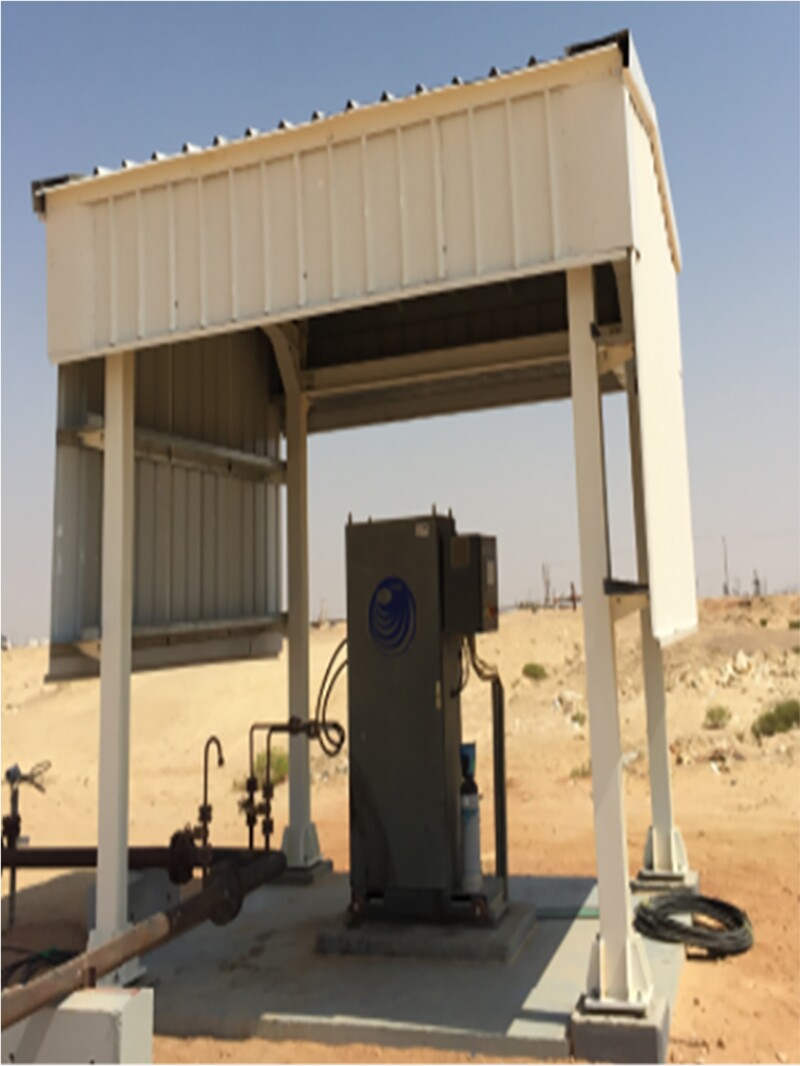For polymer-based chemical flooding projects, controlling the viscosity of the injected polymer solution is critical because polymer cost is one of the more significant elements in project economics. The polymer viscosity is measured routinely in the laboratory using fluid samples taken manually at different sampling points. In the case of large-scale projects, however, such viscosity monitoring becomes time-consuming and requires a dedicated field staff. The complete paper introduces a data-driven virtual viscosity meter (VVM) as a tool to augment inline and laboratory viscosity measurements.
Introduction
In field conditions, proven ways to monitor polymer viscosity of the injected solution include laboratory measurements using injector wellhead samples and inline measurements using a viscometer.
In the former, injected chemical solution is sampled regularly to test its viscosity in the laboratory.


